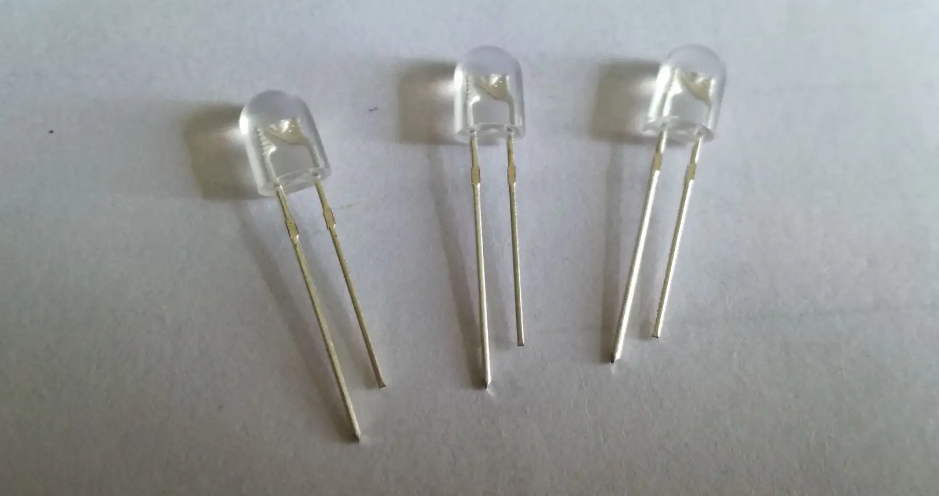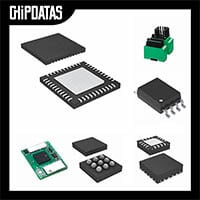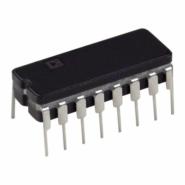Make LEDs more powerful

According to our knowledge, the performance of white light LEDs can be improved by gaining a better understanding of the internal light absorption and scattering. Researchers from the University of Twente in the Netherlands and Philips Lighting have developed a new method that enhances efficiency and provides powerful design tools. They have discovered a detailed way to describe the internal light of LEDs through absorption and scattering, which is valuable information for the design process.
Making LEDs more efficient and powerful
From relatively weak light sources to intense illumination in homes and cars, the rapid advancements in applications have been seen since the invention of blue and white LEDs. Low energy consumption and long lifespan are the main advantages compared to existing lighting solutions. White LEDs consist of a semiconductor that emits blue light and a phosphor plate that converts blue light into yellow light. What we perceive is white light. The light is scattered by phosphor particles but also absorbed. It is difficult to predict how much light will be emitted from the LED. Unless you approach absorption and scattering from a different angle, which is exactly what Maryna Meretska and her colleagues did. The theory of astronomy proved helpful in this regard.
Difficult to predict
The challenge in prediction arises from the fact that some light is absorbed but re-emitted in a different color. One approach is to try to define all possible light paths and use a significant amount of computational time to obtain results. However, this does not provide a good representation of what actually happens. The theory commonly used for LED light propagation is diffusion theory. However, this method is no longer applicable in strong absorption media. Therefore, Meretska set up a setup to collect all the light around the phosphor plate, including the entire visible spectrum. Based on this, the absorption and scattering can be derived using the radiation transport equation, which is well-known in astronomy.
This led to a comprehensive description of the internal and external light propagation in the phosphor plate. The absorption level is 30% higher compared to the description using diffusion theory. Additionally, the method is approximately 17 times faster than numerical methods.
Conclusion
These new insights provide LED designers with powerful and predictable tools. They contribute to further improving efficiency and overall performance. This research was conducted in collaboration between the Complex Photonics Systems research group at the University of Twente's MESA+ Institute for Nanotechnology and Philips Lighting. The University of Twente has numerous research groups and facilities in the rapidly developing field of photonics.








Watt Smith
Collaborator & Editor
Hello! My name is Watt Smith working on Chipdatas. I write and share relevant articles on electronic components category.






